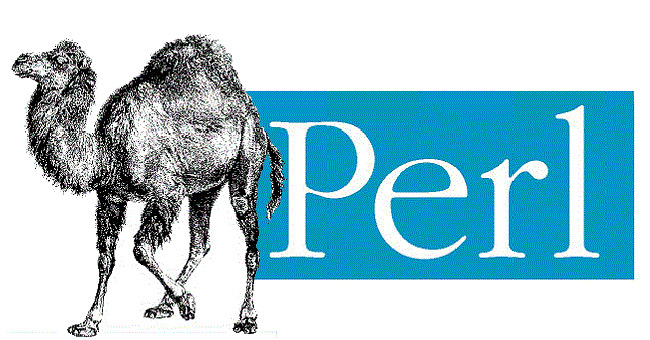December 18, 1987 - Larry Wall released the first version of the Perl programming language
Perl (short for Practical Extraction and Report Language) was built by Larry Wall in 1987, with the main purpose of creating a programming language capable of distilling large quantities. data and allow data processing to obtain the results needed.
Initially, the language was named "Pearl " (pearl), named after " Parable of the Pearl" in the gospel. Larry has spent a lot of effort searching for a name for the new language. He tried to consider (and ignore) all 3.4 characters in the dictionary. Finally, he named Pearl. But before the first official version of Perl came out, Larry discovered there was a language called PEARL too, so he decided to change his language name to Perl.

Today, Perl becomes the official name of one of the most widely used interpreting languages in the world.
Perl is a common language in the field of system administration and Web site processing due to the following advantages:
- There are convenient file management and information processing operations
- Manipulating the string very well
- There was a large code library contributed by the Perl user community (CPAN).
Perl's command syntax is quite similar to C programming language, from symbols to function names, so many people (who have experience with C programming language) find Perl easy to learn. Perl is quite flexible and allows users to deal with the same problem in different ways.
Wall began designing Perl in 1987 while working as a programmer for Unisys and released version 1.0 on comp.sources.misc on December 18, 1987. Language was quickly expanded a few years later. there. Perl version 2, published in 1988, has a better feature for regular expressions. Version 3, published in 1989, with support for binary data.
Until 1991, man page was Perl's only document. In 1991, the Programming Perl book was published and became the reference manual of the Perl language. At the same time, version 4 was born, marking an important change of language, and was the first version written in the book.
- Programming language history
- 11 popular programming languages in the world
- The father of speech recognition programming language dies
- The new programming language created by MIT can help the program run 4 times faster
- Symantec patched up the Norton product suite
- Microsoft released the Windows version of Inca
- Girls outperform boys when programming games
- There is no such thing as the
- 100 years of birth 'mother tongue' COBOL language
- Oysters with language like?
- Humans can live immortally in computers
- Sun promotes Java 'invasion' wireless field
 Biography of hero Vu A Dinh
Biography of hero Vu A Dinh History of hematology
History of hematology Who is Mr. Tam Da 'Phuc-Loc-Tho' and what does it mean?
Who is Mr. Tam Da 'Phuc-Loc-Tho' and what does it mean? Unbelievable facts about the history of the oil and gas industry: Gasoline used to be cheaper than water, so abundant that it had to be dumped into the river...
Unbelievable facts about the history of the oil and gas industry: Gasoline used to be cheaper than water, so abundant that it had to be dumped into the river...